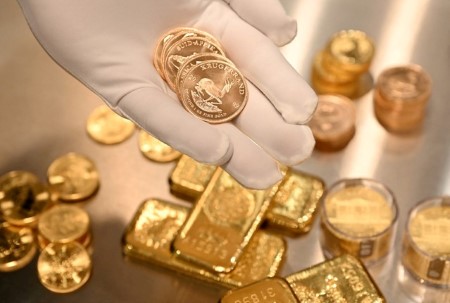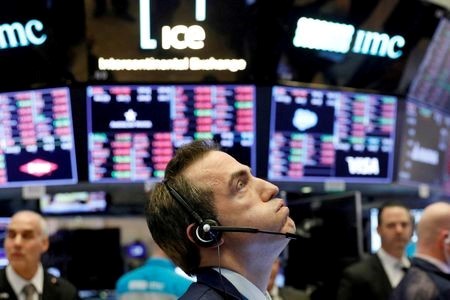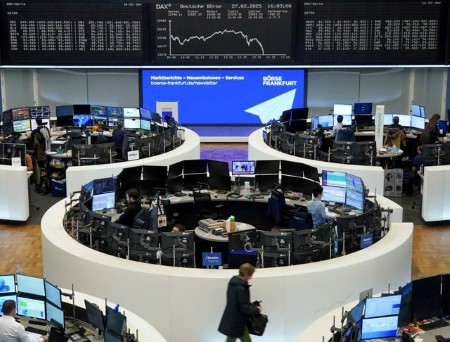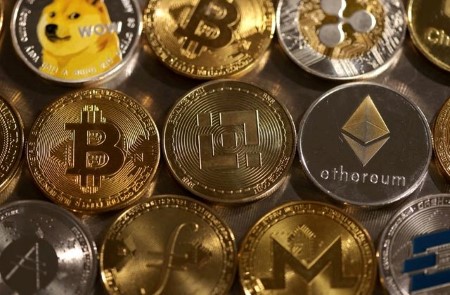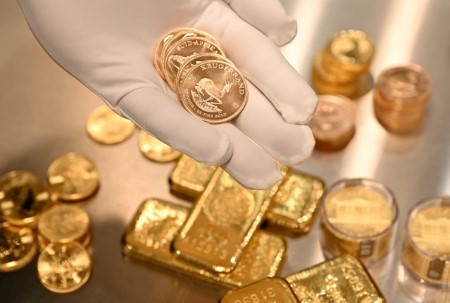European shares bounced back on Wednesday from steep declines logged in the previous session with German stocks leading gains after the country’s leaders agreed to overhaul borrowing rules to boost defence spending and revive growth.
The continent-wide STOXX 600 recovered 0.9% after logging its worst day since August 2024 on Tuesday after US President Donald Trump’s new 25% tariffs on imports from Mexico and Canada took effect.
Germany’s blue-chip index gained 3.4%, while the midcap index soared 6.2%, logging its biggest daily gain in nearly three years.
The parties hoping to form Germany’s next government agreed to create a 500-billion-euro (USD 534 billion) infrastructure fund and overhaul borrowing rules.
Construction firms and arms makers jumped. Cement maker Heidelberg Materials rose 17.5% while construction group Hochtief advanced 15.5%, among top gainers on the STOXX 600.
Defense stocks Rheinmetall and Renk were up 7.2% and 6.8% respectively.
The construction and materials and the defense indexes gained 5.9% and 3.3% respectively, closing at record highs.
“The direct impact of increased defense spending on the economy will be positive but limited, with the upside depending on how this spending is targeted and organized,” economists at Jefferies said in a note.
“The infrastructure fund and loosening of federal debt brake is likely to have a bigger impact on growth, with wage growth and inflation likely to be stronger than anticipated.”
German long-dated bonds saw their worst sell-off in years, with yields rising across the board, and pressuring rate-sensitive sectors such as real estate and utilities, the biggest decliners.
On the tariff front, US Commerce Secretary Howard Lutnick said Trump was considering granting relief to products that comply with rules under the US-Mexico-Canada Agreement on trade, with an announcement expected later in the day.
Meanwhile, Trump said on Tuesday that Ukraine had expressed willingness to come to the
negotiating table over its conflict with Russia, rekindling hopes of a peace deal.
Investors are also watching the European Central Bank’s meeting on Thursday, where it is widely expected to deliver a 25-basis-point cut.
Among other stocks, Novo Nordisk gained 2.5% after it said it would begin selling its weight-loss drug Wegovy at a discounted price of USD 499 per month to patients paying cash.
Sports retailer Adidas closed slightly higher despite forecasting sales growth slowing slightly to up to 10% in 2025.
Bayer gained 4.1% after the drugs and farming pesticides maker raised the prospect of a return to earnings growth next year.
(Reporting by Nikhil Sharma and Purvi Agarwal; editing by Mrigank Dhaniwala, Shinjini Ganguli, and Mark Heinrich)







 DOWNLOAD
DOWNLOAD








